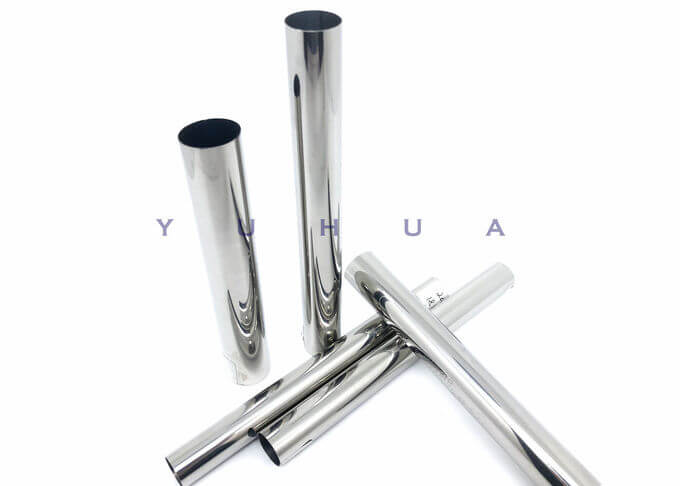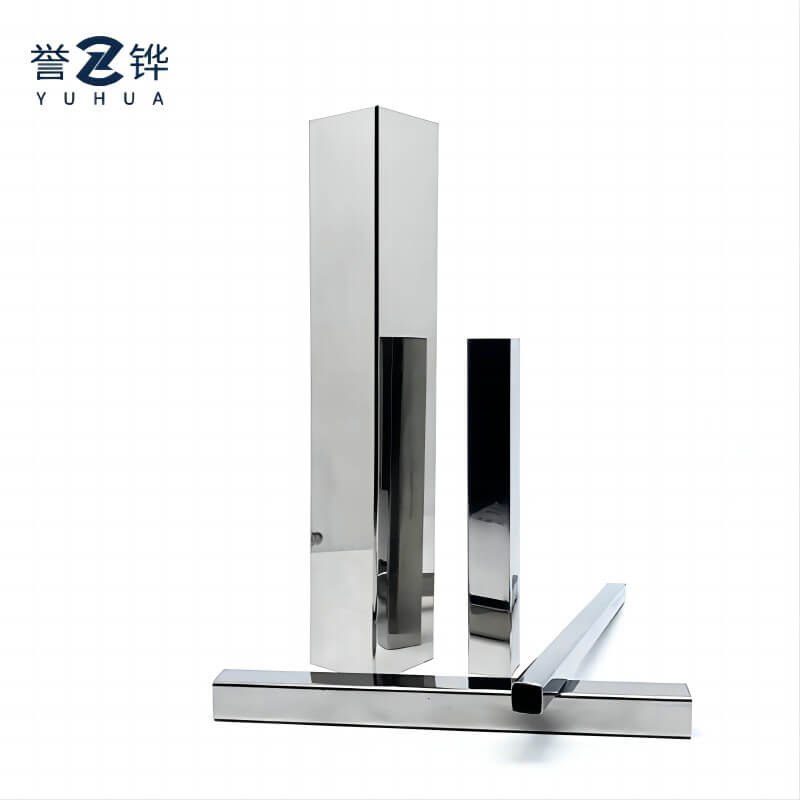Joining metal tubes through welding is a common practice. This material resists rust well. Its sturdiness and pleasing look suit industries like construction and food preparation. Connecting these tubes needs careful work. This keeps the material’s qualities intact. It also forms a strong link between parts.
Buttweld fittings are key in pipeline networks. They join tubes, shift their course, or change their width to manage flow smoothly. These parts include curves, splits, size adjusters, and end seals. They are welded straight to tube ends. This creates a solid bond that boosts the system’s framework. The polished inner surface of these fittings reduces flow interruptions. It also cuts pressure dips. This makes them great for intense pressure and heat settings.
Correct welding methods matter greatly when working with metal tubes. They ensure buttweld fittings stay tough and durable. Shoddy or wrong welding can harm the joint. It might cause leaks or system crashes. Managing aspects like heat amount, material fit, and weld finish is crucial. These steps yield top results.
The strength of buttweld fittings hinges on weld quality. A careful weld builds a bond that handles heavy pressure and physical strain. However, weak welding can lead to frail joints. These may split or fail under stress. Proper alignment and deep weld reach are vital. They maintain long-term toughness.
This metal is valued for resisting rust. Yet, poor welding methods can cause flaws like small gaps or dirt. These issues weaken the material’s protective nature. For example, air exposure during welding may trigger rust in the welded spot. This lowers the material’s rust-fighting ability.
The sleek inner surface of buttweld fittings aids steady flow in pipelines. However, poorly welded joints can create bumps or clogs. These disturb fluid movement. As a result, pumps may need more power. Fluid spread may also become uneven in the system.

Picking matching materials for tubes and fittings is critical in welding. This ensures a strong result. Unmatched materials can lead to cracks or weak welds. Using filler metals that suit the base material is key. This forms a steady bond with reliable strength.
Managing heat during welding is vital. Too much heat can twist metal or change its makeup. This reduces its strength and rust resistance. Skilled workers control heat carefully. They ensure the full joining of parts. This delivers a fine weld finish.
Welded joints must pass strict checks and tests. These ensure safety and performance in industrial uses. Tests like X-ray or sound scans spot flaws in welds. These methods keep parts unharmed while confirming quality.
Cracks often form in metal welds due to fast cooling or inner stresses. Uneven heat can also cause twisting or misalignment. These problems warp welded parts. Careful control of welding settings is needed. After-weld steps also help tackle these issues.
The heat-affected zone, or HAZ, is the area near the weld changed by heat. In this metal, this zone may lose strength or rust resistance. Cutting heat input during welding reduces these effects. This keeps the material’s traits in the HAZ.
Dirt in welds can weaken joints. It also harms long-term function. Surfaces must be free of grime, oil, or water before welding. In TIG welding, gases like argon shield the metal. This stops air from causing dirt in the weld.

Welding this metal is vital for making buttweld fittings for high-pressure setups. These are common in fields like petrochemicals, power plants, and oil and gas. The tight connection of buttweld fittings ensures system strength under extreme pressure. Proper welding methods are key. They avoid weak joints that could cause major failures. Careful welding boosts the fittings’ toughness and lifespan in these tough settings.
In harsh places like chemical plants or seaside areas, this metal’s rust resistance is prized. Precise welding is crucial to keep this trait. Poor welding can add flaws like holes or dirt. These weaken rust resistance. For instance, air exposure during welding may cause rust in the weld area. To prevent this, TIG welding uses gases like argon. This protects the weld and keeps the fittings’ rust resistance in rough conditions.
Fields like pharmaceuticals, aerospace, and food production need exact work. Welding this metal must meet precise measures and high quality rules. Buttweld fittings form smooth, tight connections. These ensure clean surfaces and steady fluid flow. Skilled workers use advanced methods for exact alignment and deep weld reach. This precision improves the fittings’ function. It also extends their lifespan in these strict settings.

Weld quality shapes the strength, toughness, and function of buttweld fittings. A well-made weld forms a firm connection. It handles physical stress and pressure shifts well. On the other hand, poor welding creates weak joints. These are likely to leak or fail.
Bad welding adds flaws like cracks or dirt. These weaken buttweld connections. They may speed up wear or cause system breakdowns. For example, uneven heat during welding can create stresses. Over time, these stresses cause cracks.
To achieve great welding for this metal:
Use matching materials for tubes and filler metals.
Control heat to avoid twisting or overheating.
Use gases like argon in TIG welding to block dirt.
Run careful checks with tests like X-rays or sound scans.
At YuHua Hardware, we focus on crafting metal products tailored to many industrial needs. Our strength lies in making tough, high-performing buttweld fittings for various uses. We maintain top quality and creativity. Our products meet industry rules. We are devoted to excellence and growth. This ensures our customers get great value.
A: The quality of the welding has an impact on preventing rust in stainless steel materials. Effective welding helps preserve the corrosion resistance of stainless steel products. However, improper techniques such as contamination during welding can lead to rust formation at the welded joints.
A: Ensuring the temperature is vital to avoid potential issues such as metal warping, and weakening of the welded section due to excessive heat exposure that could compromise durability under high pressure conditions.
A: We can employ techniques such as X rays, ultrasound to inspect for concealed cracks or imperfections to guarantee that each connection is robust and impervious to leaks, in industrial settings.